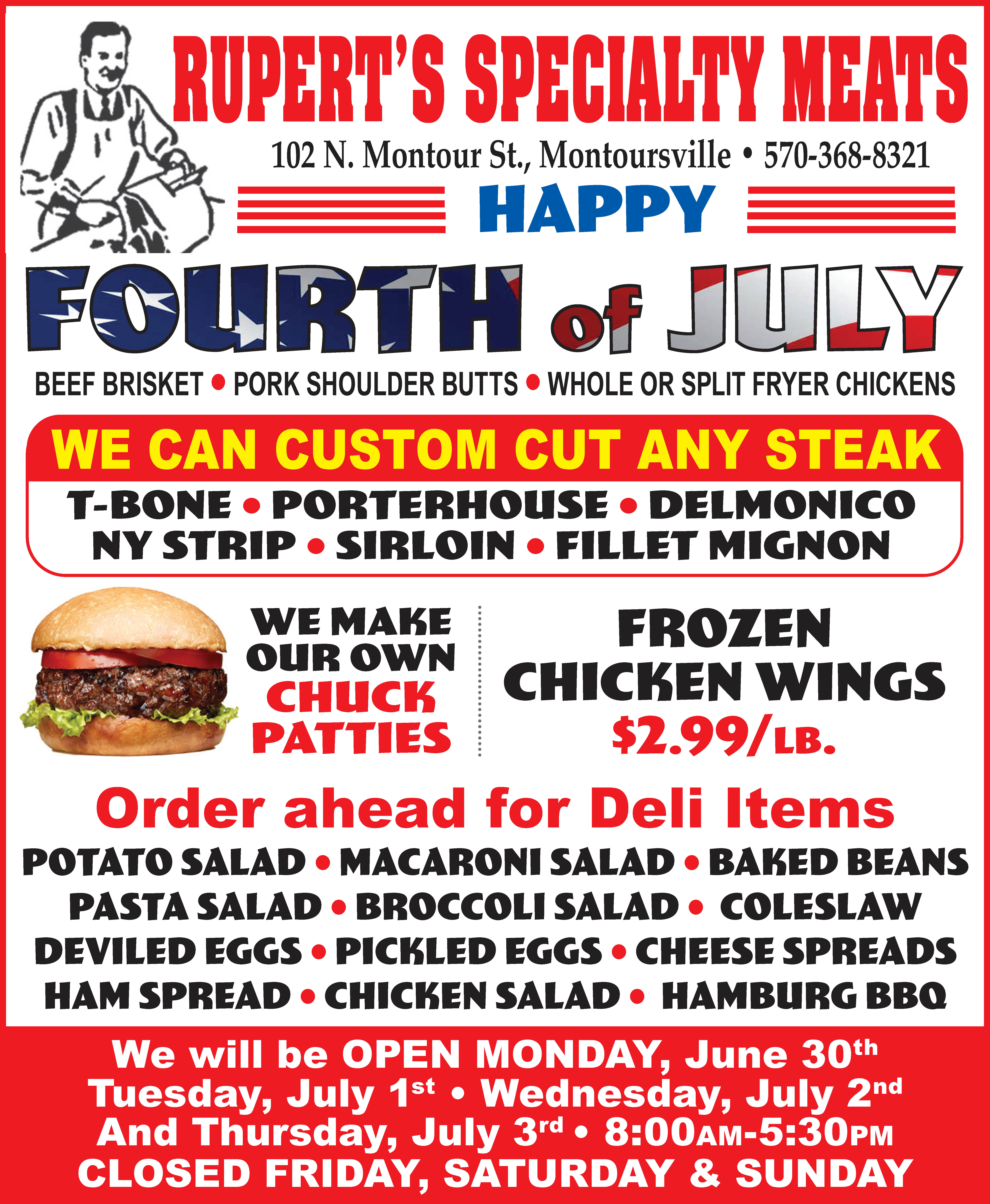A meme going around on Facebook these days reveals this rather shocking thought: “2024 is the 1st time in 666 years that Halloween falls on Friday the 13th.”
So, yeah … we should all keep scrolling past that one, I guess.
Not only does the post fail math — since these two events are 18 days apart — but also, October ’24 doesn’t even have a Friday the 13th; that was in September … remember?
I guess the writer is hoping to capitalize not only on seasonal scariness, but also on one of those phenomena whose name is right at home here in Webb’s Weird Words: triskaidekaphobia.
In other words … fear of the number 13.
From an etymological standpoint, this term reaches 13 by combining the common numerical bases for three (tri) and ten (deka, as in decade, decimal, decimate and many other English words). We’ll get to the phobia part later in this late-October edition of Weird Words — which looks at vocab related to the season.
Perhaps we can begin with a quick dissection of the term Halloween, which is a contraction of “All Hallow’s Eve” (or “Evening”). This explains why older occurrences still carry an apostrophe, as in Agatha Christie’s novel Hallowe’en Party, basis for the recent film A Haunting in Venice.
All Hallow’s Eve, of course, is the night before “All Hallow’s Day,” better known as “All Saints’ Day.” Celebrated for centuries in several Christian denominations, it’s a Nov. 1 observance that honors past saints — particularly those who were martyred for their faith.
I’m unclear on how the previous evening came to be associated with ghouls, pumpkins and free candy; but then, these columns don’t profess expertise in history or holidays — only in oddball vocabulary words. Regular readers will thus recall my countless references to — and copious praises of — various English dictionaries. But we haven’t talked much about that other invaluable vocab tool: the thesaurus.
My favorite of these is Roget’s International, published by Harper & Row in 1979. Among many virtues, it has the unusual feature of being organized topically.
As an example, three seasonal entries include “evil spirits,” “specter” and “hell,” each listing several subcategories with dozens and dozens of synonyms. This arrangement sidesteps the unavoidable (and unnecessary) repetition in a strictly alphabetical list — where, for example, wicked would be listed under bad, and bad would be listed under wicked.
As for Halloween: One of the book’s longest topical entries is “fear, frighteningness” (didn’t even know that latter was a word!). This listing covers more than three full pages, with 42 distinct subcategories.
Apparently, human beings are easily — and very frequently — scared.
Eight broad types of phobias are listed: fear of people, animals, things, natural phenomena, disease, situations, places and activities.
Here are a few:
Parthenophobia, fear of young girls. Apparently, this was a thing long before the spate of recent horror films with scary little urchins (e.g., The Ring, Orphan and even the older but still frightening Bad Seed, from 1956).
Hagiophobia, fear of saints. Probably folks who suffer from this find All Hallow’s Day a lot scarier than Oct. 31. A similar dread is papaphobia, which is fear of the Pope — perhaps more understandable than saints….
Zoophobia, the fear of animals; this includes such subcategories as the ever-popular musophobia (fear of mice), ophiciophobia (snakes), helminthophobia (worms) and pediculophobia (lice).
Ergophobia is the fear of work, which is clearly on the rise nowadays, especially among employees. (“Most people stop looking for work once they find a job.”)
Among the more unusual fears in Roget’s list: acerophobia (sourness); hedonophobia (pleasure); chromophobia (color); nudophobia (nakedness); logophobia (words — no danger of that here!); bromidrosiphobia (body odor); amathophobia (dust); anthophobia (flowers); aulophobia (flutes — seriously?); and, most amusing to say out loud: the self-explanatory telephonophobia.
And finally there’s a group of truly bizarre fears which, as far as I can tell, leave you basically helpless for ordinary life:
Phagophobia (swallowing); stasophobia (standing); barophobia (gravity — in which case, I guess you move to outer space); haptophobia or thixophobia (touch); ophresiophobia or olfactophobia (yep, fear of smell); and the truly paralyzing rectophobia, which is fear of the rectum. (I dunno — do folks with that latter have a self-sacrificing friend to help them wipe?).
And if this proliferation of terrors itself is scaring you … well, you just might have phobophobia, which is fear of fear itself.
Phew! In light of all these horrors, I guess a few grinning jack-o-lanterns and kids with plastic fangs doesn’t seem so scary.
Happy Halloween.



